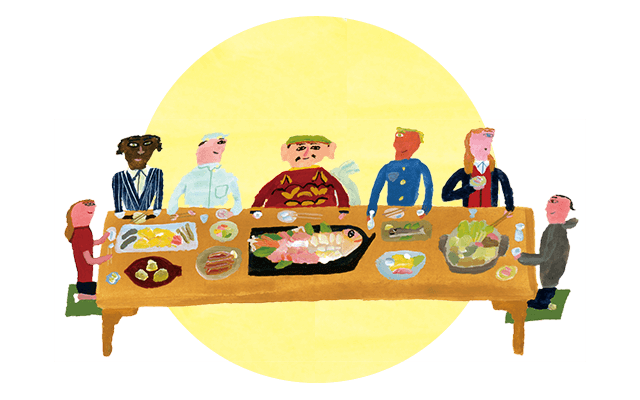
Harima Archives
2022.03.18 The Brewing Culture Brought about by the Water Quality of Harima

The Market of Tatsuno, a Sake-making Area
Tatsuno is known for usukuchi soy sauce, but it was initially a sake-making area. A note about the income of breweries in Tatsuno comments that “while usually, we use 6,358 kokus (about 1,144,440 liters) of rice annually, this year we used 3,128 kokus (about 563,040 liters),” indicating that a vast volume of sake rice was used. At the time, few sake-producing lands used this much sake rice, and it was said that Tatsuno was a sake-producer on a par with Itami, which was renowned for sake-brewing since ancient times. In 1673, Tatsuno was home to 79 breweries.
Limited to Harima? The Whereabouts of Tatsuno Sake
However, while Tatsuno was a large sake-brewing area, the name recognition of Tatsuno sake was low. Kefukigusa, an Edo period guide to haikai poetry published in Kyoto in 1645, only introduces Itamizake and Suma nigorizake as sake from Hyogo Prefecture. For products from Tatsuno, Tatsuno rice was listed. It seems that this rice was used for sake-brewing, and it is assumed that the sake made from it was consumed only in the Harima region.
The Beginning of Soy Sauce-brewing
During the Horeki era (1751–1763), around the time of Wakisaka Yasuhiro, the fifth lord of the Tatsuno Domain, sake-brewing started to decline. In the Tatsuno soy sauce industry, the reason for this has been passed down as “the sake repeatedly went bad during brewing, becoming unmarketable, so the focus for brewing shifted to soy sauce.” A related incident occurred in 1666. Maruo Magoemon, who is said to have started soy sauce brewing in Harima, added moromi (fermenting mash) to amazake, a fermented rice drink that eventually becomes sake, which created a flavorful soy sauce.
Why Did Sake Go Bad and How Was Soy Sauce Was Made?
The cause of sake going bad was the water of the Ibogawa river basin. The water near Tatsuno is soft, only containing 18.3–23.2 ppm of calcium carbonate, 0.95 ppm of potassium, and very little iron. It lacked the nutrients needed to grow sake yeast. Conversely, water characteristics were optimal for brewing Tatsuno’s usukuchi soy sauce. It made soy sauce lighter in color than traditional soy sauce and did not color food when it was simmered. This made it accepted even in Kyoto, which had a Buddhist vegetarian cuisine and local Kyoto cuisine.



